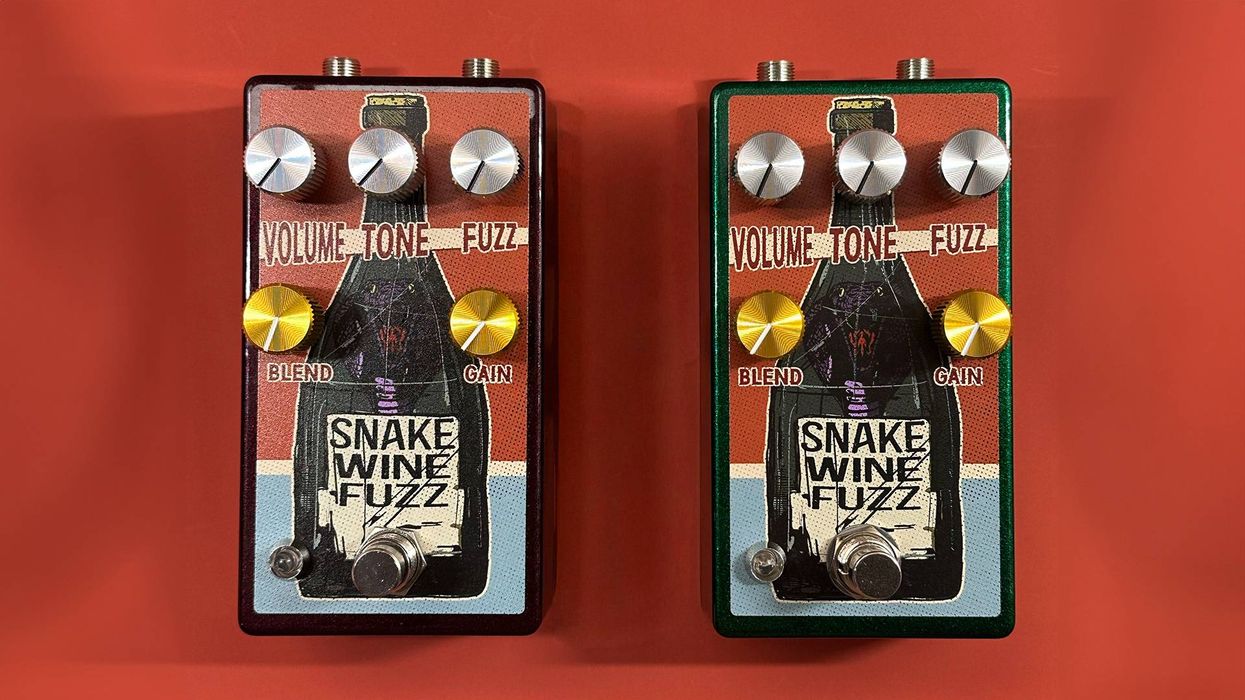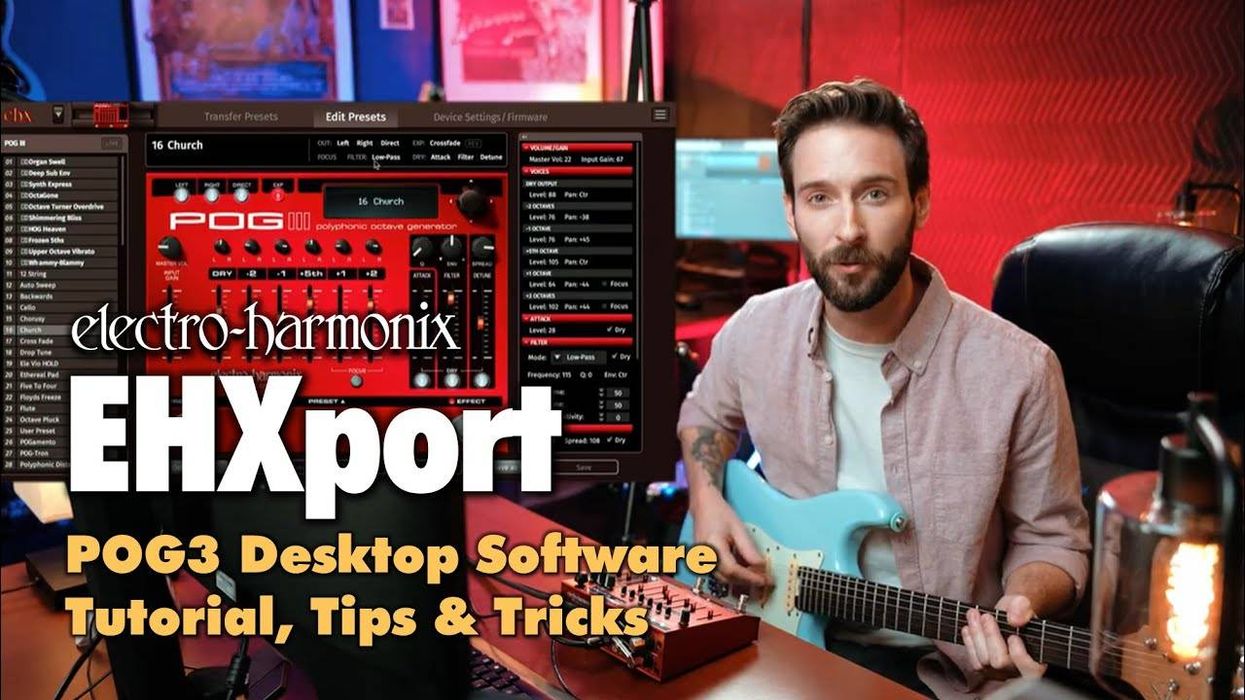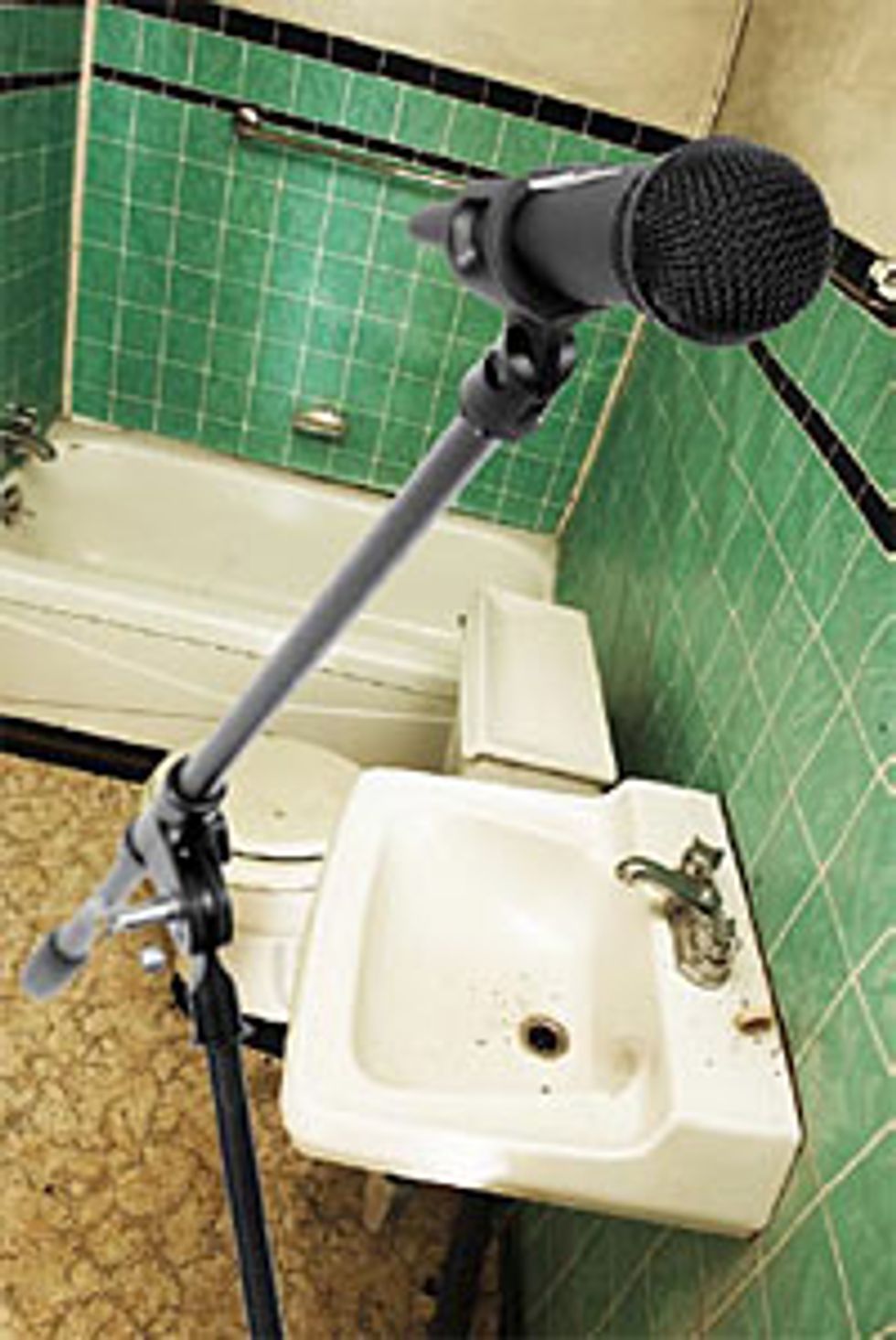 I’m sure that at one point in your life, you have asked yourself, “How come every time I plug into my analog or digital multitrack recorder my tones really suck?” It’s a pervasive problem among guitarists trying to capture their tone, so this month I’ve chosen to share a few recording tips and fun little bits of information to help you create better recordings. I have to admit that recording music is a great passion of mine, and I really love sharing some of the more interesting techniques I’ve stumbled upon and learned from other minds in the industry.
I’m sure that at one point in your life, you have asked yourself, “How come every time I plug into my analog or digital multitrack recorder my tones really suck?” It’s a pervasive problem among guitarists trying to capture their tone, so this month I’ve chosen to share a few recording tips and fun little bits of information to help you create better recordings. I have to admit that recording music is a great passion of mine, and I really love sharing some of the more interesting techniques I’ve stumbled upon and learned from other minds in the industry. You can make wonderful sounding recordings for less money now than ever before in history, meaning this is one of the best times to get involved with this fascinating art form. Once you have collected a few decent microphones – and the more the merrier here – the big payoff comes when you are able to start using multiple mic’ing techniques. These techniques will open up a variety of sonic options for you, and will in turn make your setup more versatile.
Now, here’s where the real fun starts. Keep in mind as you are reading this article that you can take these techniques anywhere, so don’t be afraid to open up your imagination and experiment. That was the idea behind this article to begin with!
I have used closets, bathtubs, staircases, shower stalls and many other spaces found in any modern dwelling to record great tones to a multitrack tape deck or digital audio workstation – these unique locations can be mic’ed up in ways that sound tremendously cool. Using tiny, 5-watt amplifiers in these situations can result in a larger-than-life sound, particularly when mic’ing from a distance, because more of the room sound is added to the signal. To do this, I have several small amplifiers that I rely on in my home studio – among them are one of the new, retro-looking Fender Champion 600s and an Epiphone Valve Junior, with its unbelievable 70-watt 1x12 speaker cabinet. The speaker contained in the Valve Junior cabinet is worth the price of admission alone – $129 at last glance. These little amps are great recording tools and stun me on a regular basis.
When it comes to playing around in the bathroom, I like to position a small amplifier at the far end of the bathtub and put a close mic somewhere towards the other end. This is where using headphones definitely comes in handy; the key to getting a good recorded tone is to listen carefully to each microphone as it is being placed. Do you like the sound you’re hearing? If so, record it! If you don’t like the sound, simply move the microphone. Just remember to avoid any water when you’re using a bathtub or shower stall as a recording venue. You may also want to check with your girlfriend’s bubble bath schedule, to make sure there are no conflicts. But all kidding aside, you have been officially warned – no water at all!
You can also look at the mic as another form of equalization. With this in mind, experiment with placement and multiple microphone usage in any recording environment – you might be in for a big surprise when pushing the envelope. Try placing the second mic up high, towards the ceiling and above the amplifier. Condenser mics tend to work best when it comes to recording room sounds, but the only hard and fast recording rule is that there are no hard and fast rules. Remember that old saying, “Rules are meant to be broken?” Feel free to shatter any and all of them.
Staircases work really nicely for recording any number of sources; I particularly like them for recording acoustics. Hard, wooden staircases are the best, as they add their own inflection to the sound of the guitar. I usually work with two condenser mics on an acoustic guitar – in this particular case, one mic can be at the bottom of the staircase pointing upwards toward the instrument. The second mic is usually positioned closer to the guitar but can be placed up high, aiming down towards the instrument if the ceiling is high enough.
When you start looking at your surroundings in terms of recording aids, you’ll discover all kinds of ideas. Have you ever thought while you were brushing your teeth in the mirror that it could be used as a sound reflector? A vanity mirror can easily be taken from its usual spot on the wall and positioned to reflect sound coming from your amp or guitar; use a condenser microphone aimed at the mirror, not at the acoustic guitar or the amp’s speaker, to record it. With some savvy experimentation, you can achieve some really amazing results.
These are just a few options that can be called upon when the creative urge strikes. Look around your house or apartment and you’ll find plenty of interesting locations to use in your recordings. It’s a gas to do, a ton of fun and can sound quite incredible. Enjoy!
Dean Farley
Dean Farley is the chief designer of "Snake Oil Brand Strings" (www.sobstrings.net) and has had a profound influence on the trends in the strings of today
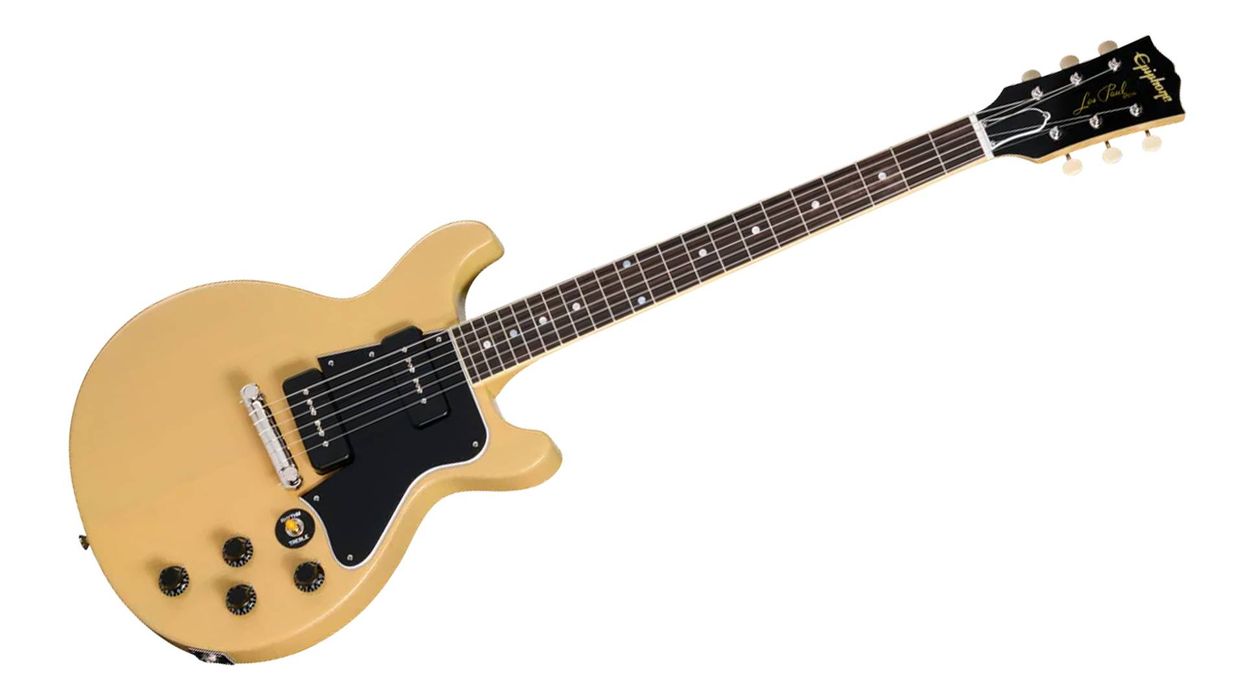



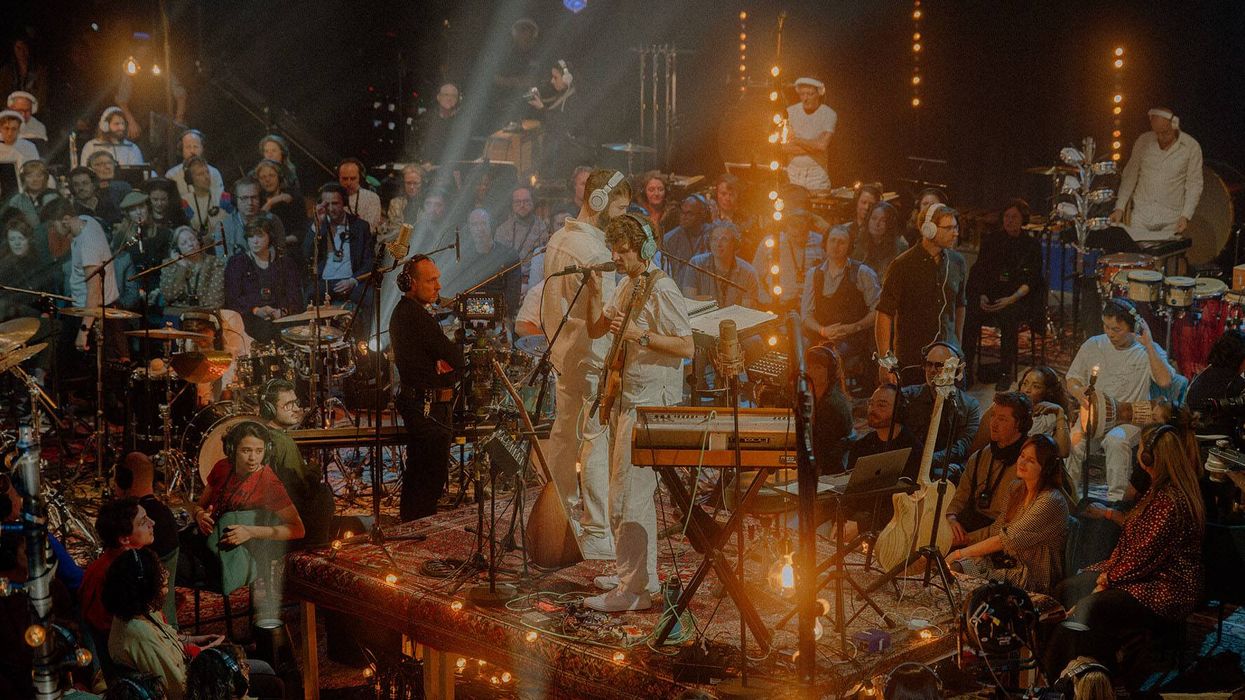
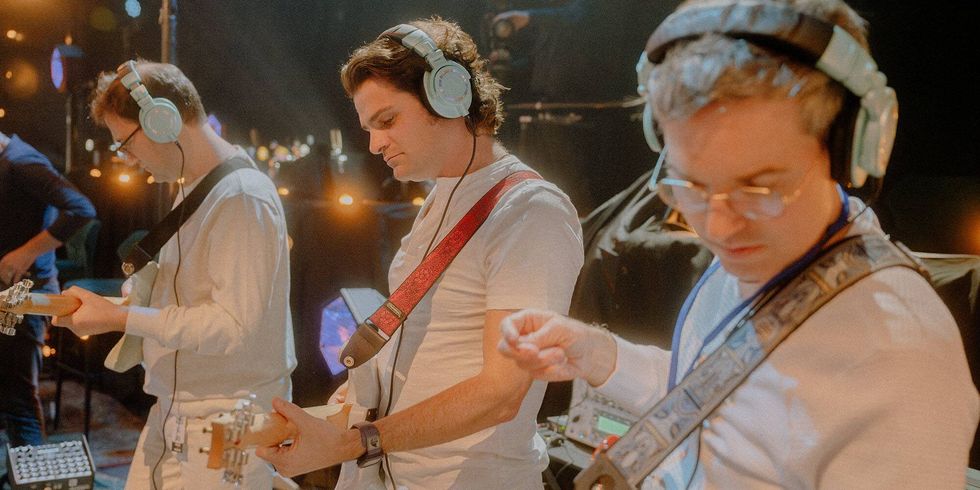

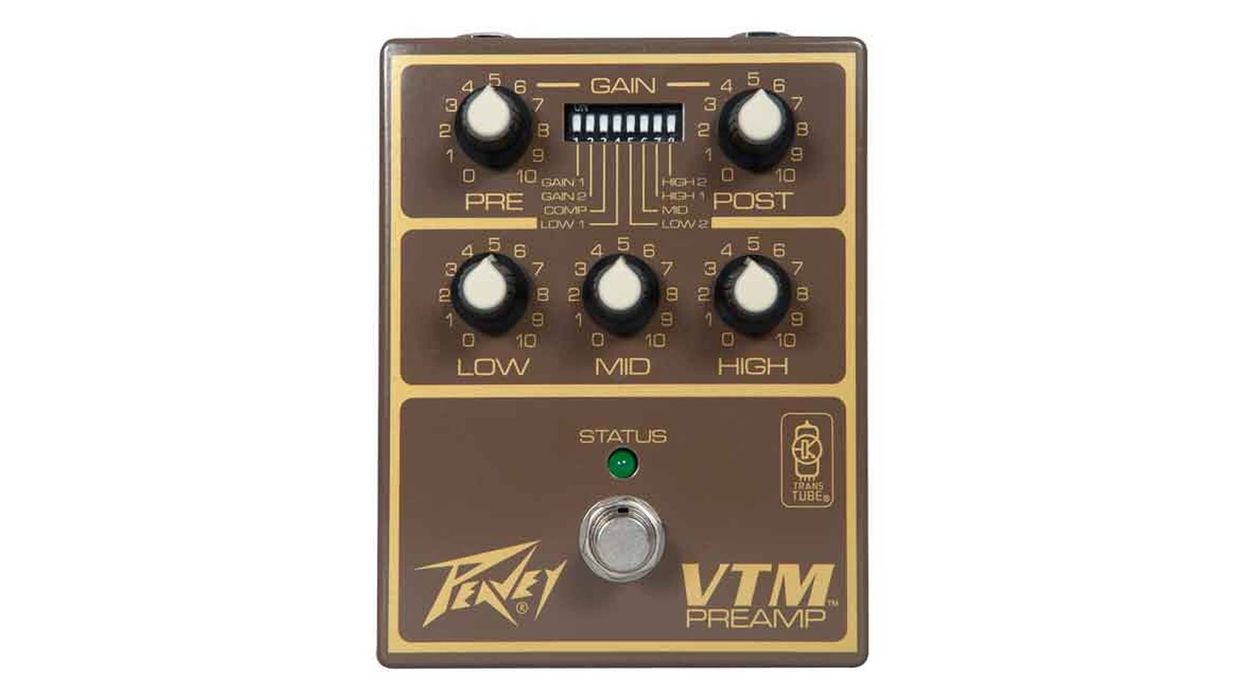


![Rig Rundown: AFI [2025]](https://www.premierguitar.com/media-library/youtube.jpg?id=62064741&width=1245&height=700&quality=70&coordinates=0%2C0%2C0%2C0)

